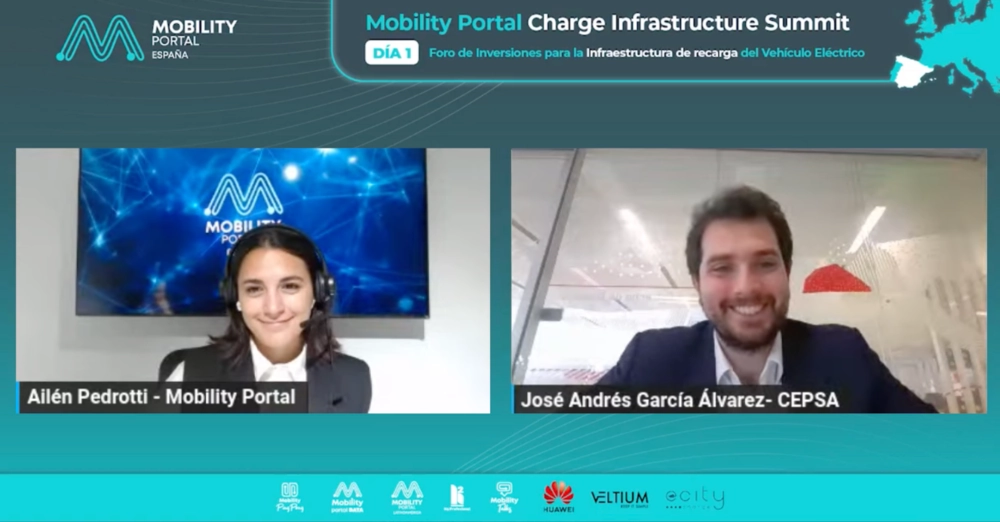Recently, the European Investment Bank (EIB) granted a loan of 150 million euros to Cepsa for the deployment of over 1,800 ultra-fast chargers at its service stations located in Spain and Portugal.
Simultaneously, it has announced the acquisition of more than 200 petrol stations in Valladolid, with expansion plans aiming to reach 500.
The company’s strategic goal is to electrify all its stations, in line with its focus on installing chargers of over 150 kilowatts.
In this context, José Andrés García Álvarez, Business Development, anticipates to Mobility Portal Group: “We have more than 400 projects in the permitting phase, and approximately 50 have already been constructed.”
These achievements significantly contribute to a positive annual balance and align with their ambition to provide customers with an experience comparable to combustion engine vehicles.
Their next step in this regard is to maximize the number of projects in the permitting phase to make them operational, although “there is a significant barrier.”
García Álvarez refers to the waiting periods to commission chargers within the current regulatory framework.
This results in, according to data from the Spanish Association of Automobile and Truck Manufacturers (ANFAC), 8,869 out of the 25,180 installed charging points nationwide being out of operation.

Therefore, CPOs must plan two or three years in advance, ensuring that, at the time of charger installation, the technology is the most up-to-date.
In this regard, Cepsa has chosen from the beginning to offer equipment with capacities exceeding 150 kW.
Especially considering that electric vehicle technology is progressing towards accepting these increasingly higher powers.
“The regulations impose significant restrictions, but we are large and agile enough to adapt to it and ensure that our deployment does the same,” he indicates.
The responsibility does not solely fall on companies.
Authorities also have a role in educating both end consumers and car manufacturers and public entities in electric mobility.
This is because, in some instances, there is a complete lack of awareness of certain regulations and decrees affecting the sector, which will play a fundamental role in the decarbonization process.
Spain has outlined ambitious plans, and while it is crucial to maintain them, “it is equally necessary to support them with regulations.”
Cepsa continues to strive for an enhanced user experience
The company aspires to provide users with a premium experience, as comfortable as possible and comparable or even superior to the one they have with combustion engine vehicles.
In this regard, they are implementing various measures, such as integrating point-of-sale terminals into the chargers, with the aim that customers can do away with the need to download multiple applications.
The user can simply arrive, connect their vehicle, make the payment with their card, and continue with their journey.
With their ultra-fast chargers, they aim to ensure that the user takes no more than 20 minutes to recharge on a highway.
Additionally, they are working on improving their facilities, providing covered areas to shelter from weather conditions, sanitary services, and convenience stores, among other amenities.
“Cepsa will always be on the side of the customer, advocating for electrification, and providing support because we owe ourselves to them,” acknowledges García Álvarez.
The Business Development emphasizes the need to demonstrate to drivers that electromobility is feasible today and will improve in the future.
Therefore, this effort must be backed by public authorities, responsible for ensuring this social benefit, and requires efficient coordination, “as it is a good that will impact society as a whole.”








